Ever Wondered Which is the Tallest and Largest Dam in India?
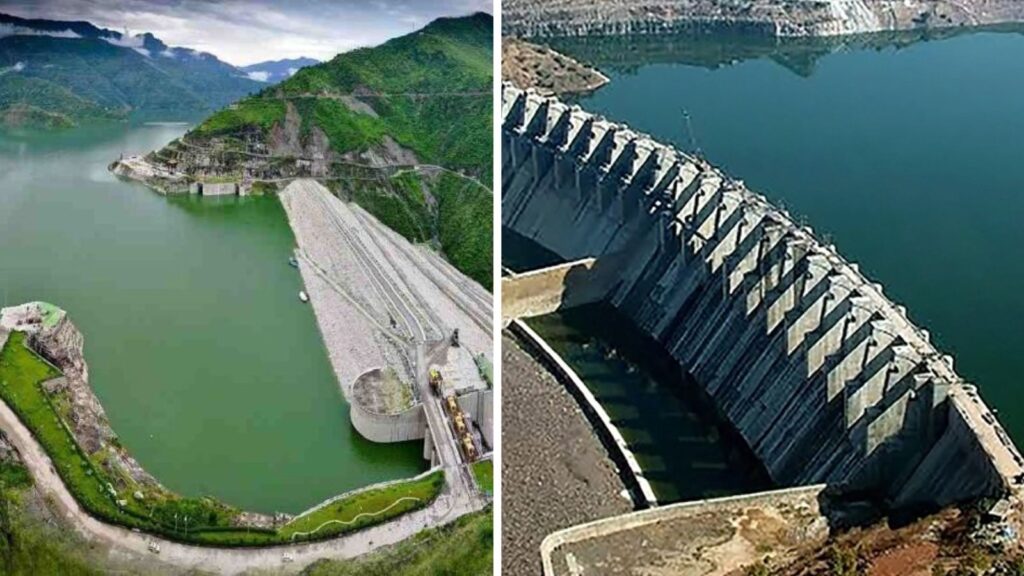
Ever Wondered Which is the Tallest and Largest Dam in India?
Dams are much more than just huge walls holding back water. They represent the incredible progress we’ve made as a nation, playing a vital role in everything from farming to power generation and flood control. In a country like India, where millions rely on water for their daily lives and livelihoods, dams are nothing short of lifelines. Among the many impressive dams scattered across the country, two stand out for their sheer scale — the Tehri Dam, which is the tallest, and the Indira Sagar Dam, which holds the title for the largest by water storage.
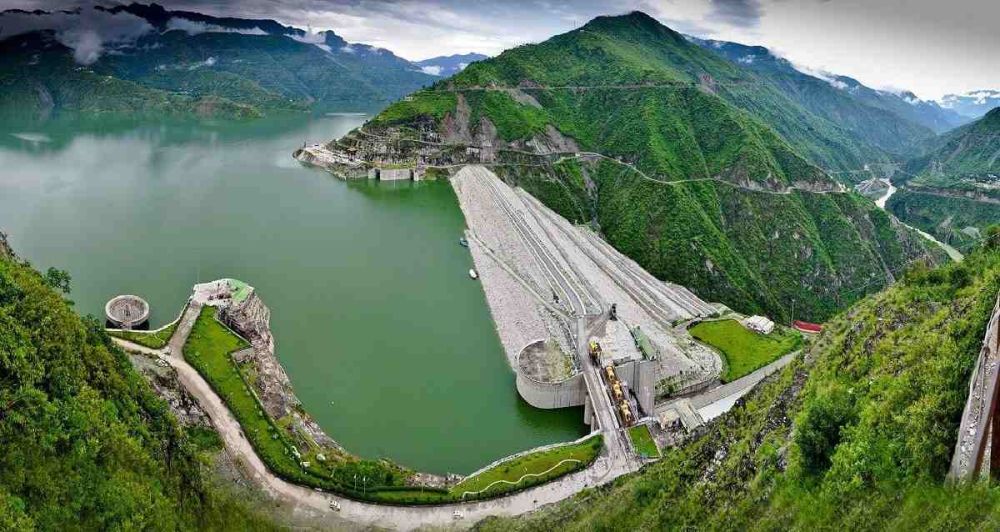
The Tehri Dam is located on the Bhagirathi River near the town of Tehri in Uttarakhand. Rising a staggering 260.5 meters (855 feet) high, it proudly holds the record as India’s tallest dam and is among the tallest dams in the world. Stretching 575 meters (1,886 feet) in length, it creates the beautiful Tehri Lake, a huge reservoir that not only supplies water but has also become a popular spot for visitors. Nestled in the Himalayan foothills, this dam is crucial for managing water that flows down to the northern plains.
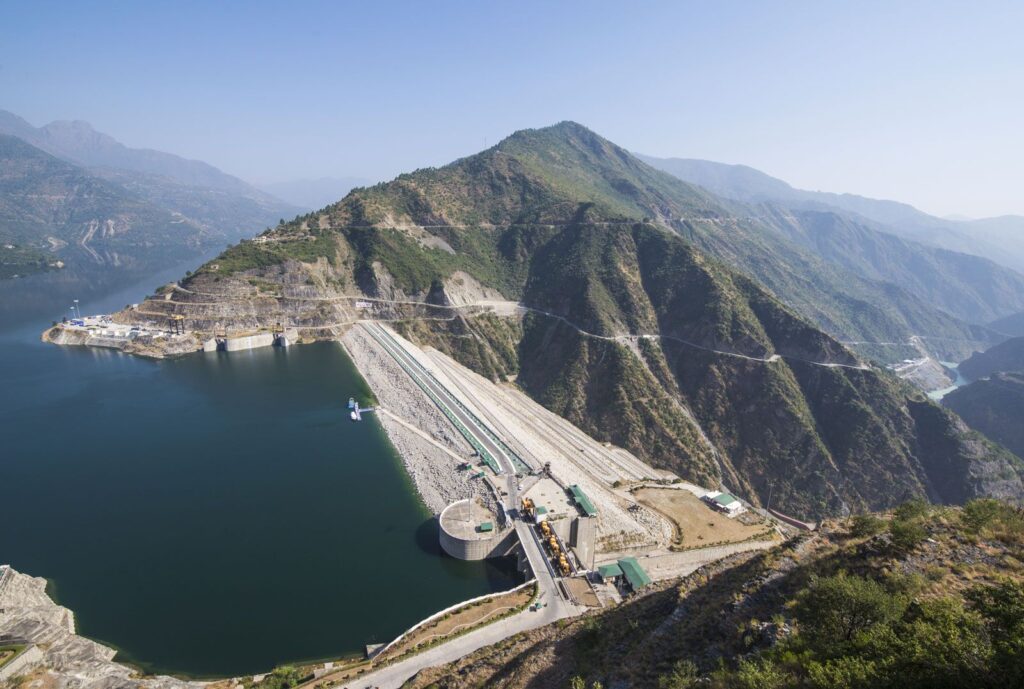
Building the Tehri Dam was no easy feat. Construction began way back in 1978, and due to many challenges — including environmental concerns and relocating thousands of people — it took almost 30 years to complete. The dam was finally ready and started operating in 2006. Today, it stands tall as a testament to India’s engineering skill and determination.
What makes the Tehri Dam so special is that it’s a multi-purpose dam. It doesn’t just hold back water; it generates clean electricity, providing power to millions. Its current capacity is 1,000 megawatts, and there are plans to boost this to 2,400 megawatts in the future. Besides producing power, the dam supplies water for irrigation and drinking to several northern states. It also plays a big role in controlling floods, especially during the monsoon season, by regulating the flow of the Bhagirathi and Ganga rivers.
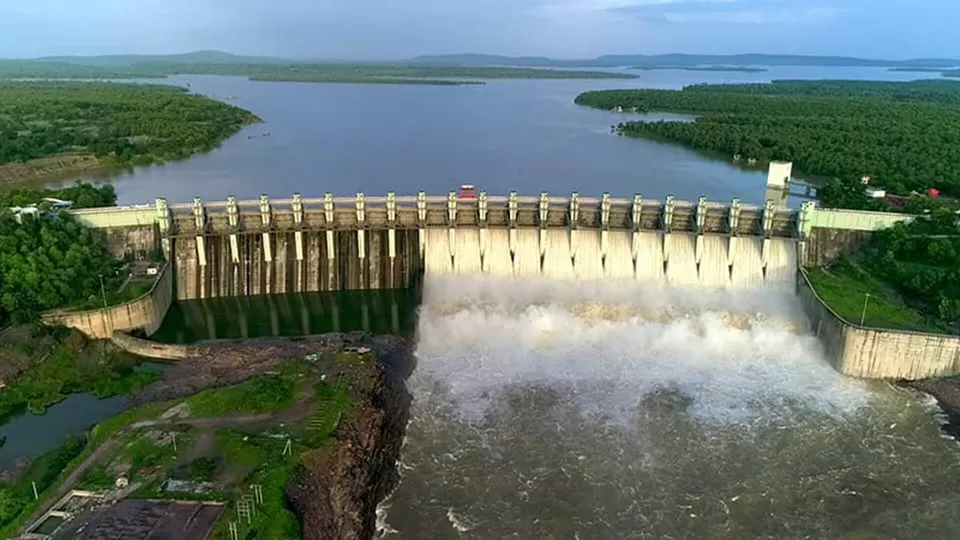
While Tehri is the tallest, the Indira Sagar Dam in Madhya Pradesh takes the crown for the largest dam when it comes to water storage. Situated on the Narmada River, Indira Sagar’s reservoir can hold an enormous 12.2 billion cubic meters of water, making it India’s largest by volume. This difference is important — when we say “tallest,” we mean how high the dam stands, and when we say “largest,” we’re talking about how much water it can store.
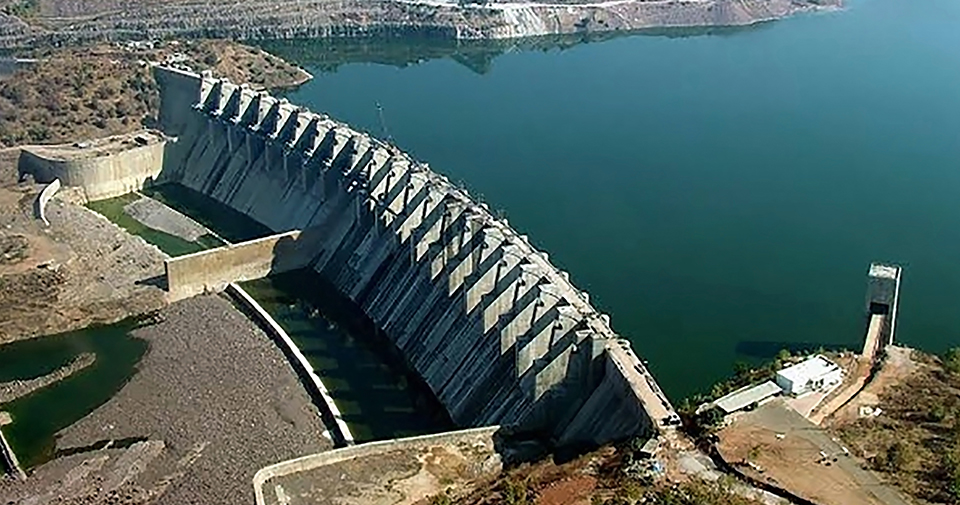
Both these dams — Tehri and Indira Sagar — highlight how vital dams are to India’s growth and well-being. They provide a reliable water supply for farmers, which supports the backbone of rural India. They generate clean energy that reduces our dependence on fossil fuels. They protect communities by preventing floods and support industries and livelihoods that drive economic growth. In short, these dams aren’t just engineering marvels; they’re essential pillars that sustain India’s present and fuel its future.












